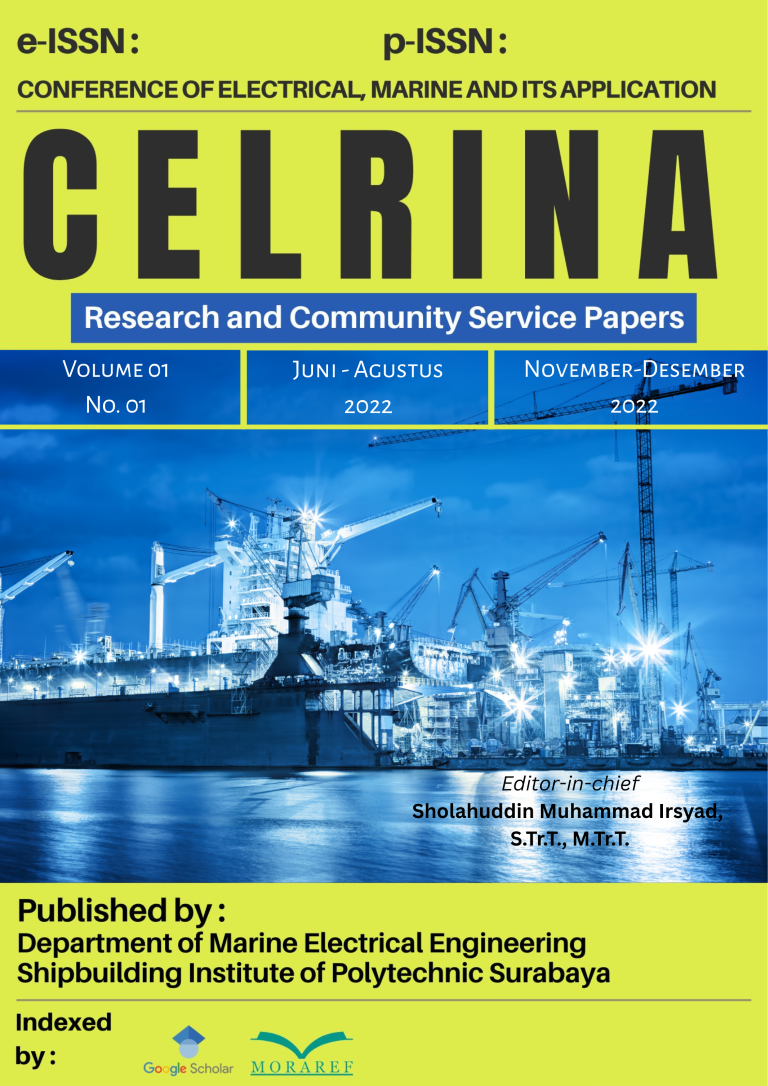Application of Single-Phase Controlled Rectifier Full-Wave as a Brushless DC Motor Speed Regulator: An Innovative Approach for Empowering Rural Communities
Keywords:
Speed control, Brushless DC Motor, BLDC, Cuk ConverterAbstract
The utilization of electric bicycles (e-bikes) in Indonesia has seen widespread adoption, primarily driven by the use of Brushless DC (BLDC) motors. This is due to the exceptional stability of speed provided by BLDC motors. However, under load conditions, the speed of the BLDC motor tends to decrease, necessitating the implementation of a controller to maintain optimal performance. This study explores the speed control of BLDC motors through a Six-Step Commutation technique combined with PID control. The BLDC motor is equipped with a Hall-effect sensor, which serves as a rotor position detector. Once the rotor position is detected by the Hall-effect sensor, an inverter circuit is required to supply electrical energy to the motor in a synchronized manner. The Six-Step Commutation circuit effectively converts a DC voltage source into a three-phase AC output. The PID control system stabilizes the motor response, ensuring consistent performance. The system's response time demonstrates an impressive rise time of less than 0.1 seconds, with a settling time under 0.2 seconds. Additionally, the steady-state error ratio and the resulting overshoot are both kept below 1%, indicating a highly efficient and precise control system.




